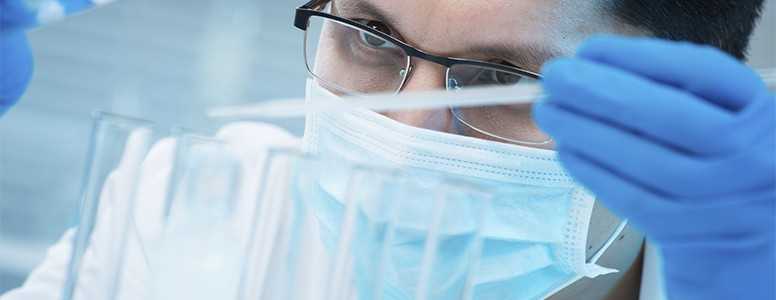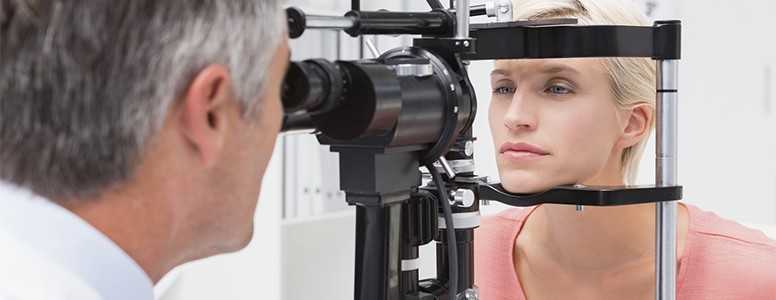A 41-year-old man with type 1 diabetes has become the first patient in Europe to come off insulin using a new technique developed by the Diabetes Research Institute (DRI) at the University of Miami.
People with diabetes have been able to come off insulin for several years through other forms of islet cell transplantatio, but DRI hopes their BioHub platform will significantly improve outcomes using their technique.
“Our team is building on decades of progress in clinical islet transplantation toward the development of the DRI BioHub, a bioengineered mini organ that mimics the native pancreas to restore natural insulin production in people with type 1 diabetes,” said Dr. Camillo Ricordi, director of the DRI’s Cell Transplant Centre.
The BioHub technique involves transplanting insulin-producing cells within a biological scaffold, which is made by combining the patient’s own blood plasma with an enzyme called thrombin.
When combined, these substances create a material that sticks onto the surface of the omentum, which covers the abdominal organs. Eventually, the body absorbs the insulin-producing cells, which remain intact, while new blood vessels are formed to ensure their survival.
Islet cells are normally infused into the liver, but they can struggle to survive immune rejection in people with type 1 diabetes. Because BioHub directs the cells into an alternative site, the omentum, the cells are safer due to the presence of rich blood vessels, and it can be accessed with minimally invasive surgery.
Last August, DRI achieved promising initial results from BioHub. These new findings confirm those results and DRI is now testing various BioHub platforms in preclinical and clinical studies.
Ricordi added: “This tissue engineering technique will be essential for allowing clinical testing of new technologies for preventing the use of anti-rejection drugs which currently limit the applicability of islet transplantation to the most severe cases of type 1 diabetes.”
What's new on the forum? ⭐️
Get our free newsletters
Stay up to date with the latest news, research and breakthroughs.





